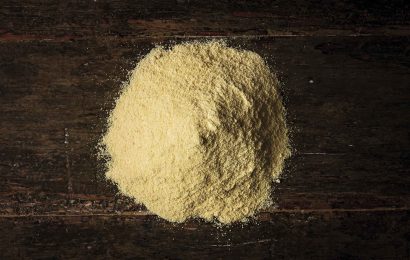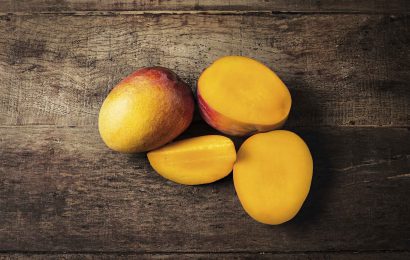Spondias lutea L.
This small fruit with thin, smooth skin, deep yellow when ripe, has many names is different regions of Brazil: taperebá in the north; cajá in the Northeast; and cajá-mirim in the South. No one knows for sure if it is originally from Africa or the Americas. Brazilian historian and anthropologist Luís da Câmara Cascudo affirms, in his book História da alimentação no Brasil (History of Food in Brazil), that the fruit is known in Luanda, Angola, as gajajá. The soft pulp, with sweet and sour taste, can be used to prepare ice creams, juices, liqueurs, jams, compotes, mousses and caipirinhas, among other recipes. Harvested several times from February to December, the fruit is always available fresh in the Northeast, or as frozen pulp in other parts of the country.



